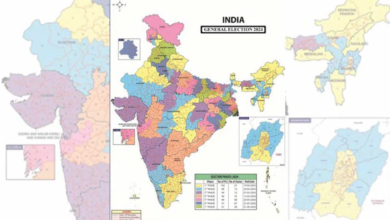Researchers in hunt for early settlers of Ladakh

Is there really a snow man, popularly known in the folklore as Yeti inhabiting the Himalayan regions or is it a fantasy told over the years? Who were the first settlers in Ladakh region and how come the locals survive in such low oxygen and minus 40 degree Celsius temperatures? What is the origin of double humped camel in Ladakh, which is found nowhere else in India?
A team of researchers drawn from multiple scientific institutions from India including Hyderabad-based Centre for Cellular and Molecular Biology (CCMB) have embarked on a journey to Himalayan region of Ladakh to understand and hopefully come-up with answers to questions that have remained a mystery for many Indians.
Close to 20 researchers drawn from Banaras Hindu University (BHU), Himalayan Institute of Archaeology and Allied Sciences (HIAAS), Leh University and CCMB are involved in understanding the local Himalayan biodiversity of plants and animals. The team is also in the process of analysing genetic footprints of the first settlers in Ladakh region.
The researchers have collected blood samples from the local Changpa tribal settlements, which can throw a new light on understanding the genetic make-up of individuals who are accustomed to live in very high altitudes for generations.
The researchers have also geo-tagged the local settlements and have collected water samples from the local hot spring areas in Ladakh and water samples from the famous Pangong lake, which is the largest and most brackish wetland in the Trans-Himalayan cold desert ecosystem.
Apart from hunting for clues for the first settlers in the Himalayan region of Ladakh, the research team is also involved documenting genetic diseases and mutations, if any, among the local population.
The team, which will analyse the blood samples of the local population in BHU and CCMB, will also explore the role of genetics and the ability of local tribes to survive in minus 40 degree Celsius temperatures and low oxygen, and yet not afflicted by diseases.
Apart from looking for early settlers in Ladakh, the group will also strive to research and understand the genetic make-up of Bactrian Camel or double hump camels, which except for Ladakh, are nowhere else found in India. Unlike the normal camel species that thrive in hot and dry weather conditions of desert, the Bactrian camel species are found in Ladakh’s Nubra valley, which falls on the silk route where merchants from Central and South Asia would meet.







